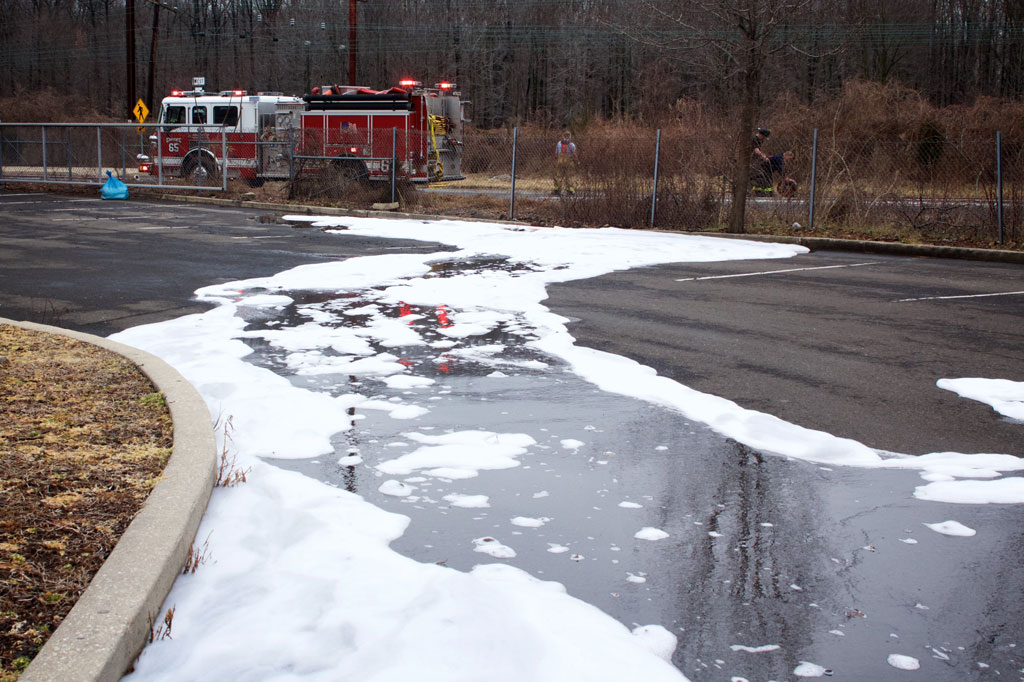Not so PFAS: Emerging Contaminants Increasingly a Factor in Due Diligence
A class of emerging containments known as polyfluoroalkyl and perfluoroalkyl substances, or PFAS, has been getting an increasing amount of attention at all levels of government and the media lately. These human-made substances are described as “forever chemicals” given the way they can linger in the environment for decades without breaking down.
Unfortunately, they can also persist in the human body for long periods of time and are linked to several types of cancer, infertility, thyroid problems and other ailments. In June of 2022, the U.S. EPA issued guidance indicating that PFAS chemicals pose a greater health threat than originally thought.
Chemical companies have been using PFAS compounds to create a variety of products including nonstick cookware, cosmetics, moisture-repellent fabrics and fire-fighting foam. As reported by local media, PFAS was in the foam that was used to suppress the fire on the doomed Spirit of Norfolk harbor cruise ship near ONE Environmental’s Tidewater, Virginia location.
Until recently, PFAS was not necessarily a material issue for those performing due diligence during property transactions. Things began to change in late 2021, when the American Society for Testing and Materials (ASTM) issued a new Phase 1 Environmental Site Assessment (ESA) standard that included guidance on considering PFAS in completing an ESA. The new standard, ASTM E1527-21, officially took effect on January 1, 2022.
In March of 2022, the EPA published a direct final rule to incorporate ASTM E1527-21 into “all appropriate inquiries” (AAI) procedures. However, the EPA did not change reference to the previous standard, ASTM E1527-13, nor did it amend AAI regulation. This means that for now, a commercial property stakeholder can follow either standard depending on their tolerance for risk, past property use, and other factors.
For example, buyers of property where there is low likelihood of historical PFAS use may be willing to assume more risk and follow the faster, less costly ASTM E1527-13 standard. Risk-averse purchasers, especially at properties where PFAS was potentially used at the property, may choose to follow the ASTM E1527-21 standard.
The rules can be confusing, since technically, the inclusion of PFAS in in ASTM E1527-21 is not quite a requirement yet. But the writing is on the wall, and prudent stakeholders would do well to start considering PFAS in their due diligence practices immediately.
ONE Environmental has vast expertise in due diligence processes, supporting clients all over the United States. Our team stands ready to help stakeholders navigate the complexity of the various standards and make the best possible decisions for their requirements.


